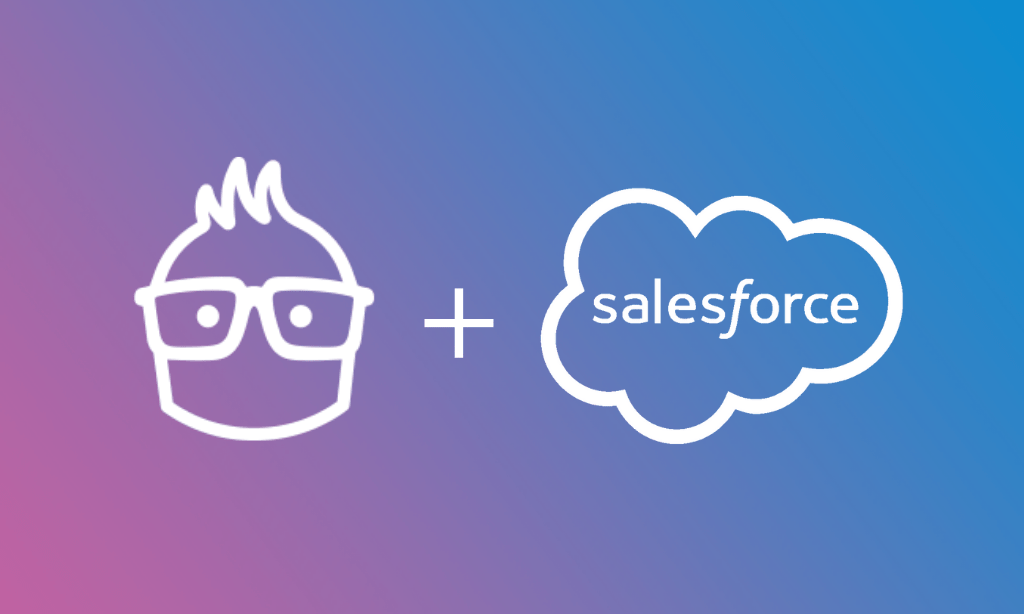Training the Multigenerational Workforce
Businesses of all kinds are finding that they easily have up to four generations of employees working within their organizations. While having a multigenerational workforce certainly adds an element of age diversity to a company, it may also add some challenges. Meeting the training needs of employees who have different learning backgrounds requires recognition of these differences and a blended approach to learning engagement.
A word about the generations
Recently, there have been concerns about using generations to describe groups of people in the workforce. Some of the criticisms include the fact that there is so scientific definition of when a generation begins or ends, worries about generalizations and stereotypes, and the fact that generational descriptions tend to be biased towards the experiences of the upper middle class.
It’s important to remember that no generation is a monolith. Not every individual in a generation shares an experience or a single set of beliefs. However, it can still be helpful to look at the differences between the generations when planning training activities. Some age groups may respond to certain kinds of training better than others.
Who are the four generations of adult learners?
There are seven generations living today. While there are no universal definitions for when each generation starts and ends, generally, the generations are defined as follows:
- The Greatest Generation (born between 1901 and 1924)
- The Silent Generation (born between 1925 and 1945)
- Baby Boomers (born between 1946 and1964)
- Generation X (born between 1965 and 1980)
- Millennials (born between 1981 and 1995)
- Generation Z (born between 1996 and 2012)
- Generation Alpha (born from 2013 on)
Not every generation is in the workplace. The Greatest Generation and the Silent Generation have, for the most part, retired. The oldest members of Generation Alpha are in elementary school. That leaves four generations in the workplace:
- Baby Boomers
- Generation X
- Millennials
- Generation Z
Below is a look at some of the characteristics and experiences of each of those four generations, as well as information about how those generations like to learn.
Baby Boomers
Born during a time of great political and social change in this country, Baby Boomers lived through many of the pivotal events of the 20th century, and much turmoil as well, including the Vietnam War, the protests of the 1960s, and the social changes of the 1970s and 1980s. Baby Boomers saw great technological change as well, and were in the workplace when computers became commonplace. Aged 59 to 77 in 2023, many Boomers are in the process of retiring, but many are still in the workplace.
How do Boomers learn?
Boomers get a lot of flack for needing help with technology, but that’s a stereotype. Anyone with an older relative on social media can tell you that many Boomers are just as enthusiastic about technology as their younger peers. However, having spent much of their lives in an analog world, Boomers are very comfortable learning in person.
They’re also comfortable with authority. Boomers want to learn from proven experts, so if you put a course from a credentialed instructor or a respected institution in front of them, they are likely to respond well to it.
It’s important to train Boomers because they are hungry for learning. More than half of older Americans who responded to a recent AARP study took training on their own to keep their skills up-to-date and develop new ones, and 70% said they are interested in focusing on career goals.
Generation X
Unlike the previous generation, Generation X grew up in a time of relative peace, as well as rapid social and technological change. Sometimes called the MTV Generation, individuals born in Generation X remember the end of the Cold War, the terror of the AIDS epidemic, and the birth of the Internet. Often said to have had an analog childhood and a digital adulthood, Generation X has comfortably used technology ranging from rotary phones to mobile apps. The oldest members of Generation X will be turning 60 soon and may be contemplating retirement in the next decade.
How does Generation X learn?
Gen X is a small generation, but they’re the second-largest generational group in the workforce. Gen X grew up with a lot of independence, and some of them were latchkey kids, with parents at work, they would come home from school to an empty house. Gen X is known for valuing independence.
Gen X also grew up with a reputation for cynicism, apathy and distrust of authority. The irony of the slacker stereotype? Gen X is now entering management and senior leadership. Although many members of Generation X have been in leadership for a while, we’re only now seeing many Xers advance into C-level positions; Baby Boomers have been slow to retire while Millennials have risen quickly through the ranks at work.
Gen X may welcome leadership training, and other modules that allow them to step into top positions at their organizations. They’re also likely to respond well to learning that allows them to work independently.
Millennials
The Millennials, also known as Generation Y, are the first generation of digital natives. They grew up with the Internet being readily available in schools and computers being commonplace. They’ve dealt with several difficult financial periods, such as job shortages, the Great Recession, and the pandemic recession. They are the largest generational group in the workplace, and — with the oldest Millennials in their early 40s — are starting to assume leadership roles.
How do Millennials learn?
The Millennials have gotten a lot of bad press over the years: they’ve been called entitled, been ridiculed for participation trophies, and been accused of ruining everything, from marriage to golf. The truth is, many Millennials are mid-career go-getters who expect continuous learning and development from an employer.
Millennials are collaborative learners; they grew up working on group projects and using social media. They respond well to group learning and feedback from instructors. They also expect technology to be an element of training, but that doesn’t mean technology is always necessary: a study found that Millennials value face to face connection with colleagues more than connection via text, email or video conferencing.
Generation Z
The oldest members of Generation Z are in their late 20s in 2023 and have been in the workplace for some time. If the Millennials are the first group of digital natives, Gen Z is the first generation that can’t remember a time before mobile devices. Much like the Boomers, Gen Z grew up in a time of turmoil: they were children for Sept. 11, the wars in Iraq and Afghanistan, and the Great Recession. They experienced active shooter drills in their schools. These world events, as well as their lifelong exposure to technology and social media, have given them different skills and learning needs than other generations.
How does Generation Z learn?
Generation Z is known for their love of TikTok and other short-form social media, but they’re about more than technology. While they do respond well to micro- and nano-learning, they also value face to face interactions. They’re less collaborative than the Millennials as well, preferring to work independently.
Because Gen Z is used to looking up information online when they need it, they may respond to large training content libraries that allow them to find the information they need. They’re also strong candidates for just-in-time learning and other bite-sized development.
Why is a multigenerational learning approach important?
A multi-generational workforce can strengthen an organization. Having different generations in the workplace means a diversity of thought and different approaches to problem-solving. Offering several different kinds of learning means that learners of varying experiences and preferences can find content that resonates with them.
Those who grew up learning with a computer in the classroom might be more comfortable with independent learning activities than someone who graduated high school having never touched one. In such a scenario, taking a multi-modal approach to your training by including videos, interactive quizzes, and some independent self-study can help meet the needs of both of groups of learners. At the end of the day, leveraging the strength of your diverse workforce can only happen when each employee feels that they are able to get the most out of their training, by learning in the ways that work best for them.
Does your organization have a strategy for training its multi-generational workforce? Litmos’ Chief Learning Officer Dr. Jill Stefaniak and Go1’s Chief Customer Officer, Dan Hayward recently hosted a LinkedIn Live discussion about multigenerational learning. To see how your organization can meet the needs of a multigenerational workplace, watch the recording here.





